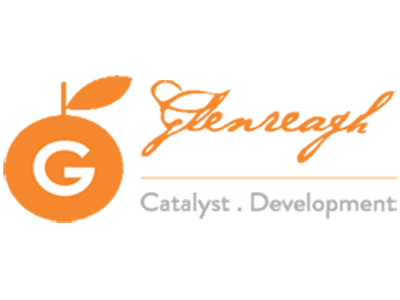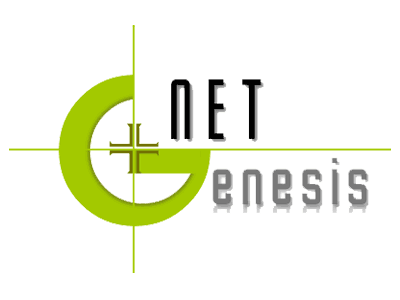Edited by Gunaprasath Bupalan (YouTube – Emjay Communications / www.newshubasia.com / www.ihaus.com.my / www.property360digest.com / www.malaysiaglobalbusinessforum.com
Dato’ Faris Yahaya (Group CEO of ORANGEBEAM) has drawn up a bold blueprint together with his team, focusing on bringing intentional disruption of technologies in its businesses. ORANGEBEAM aims to build on the foundation of this highly technical building and construction landscape to disrupt the industry and build the future.
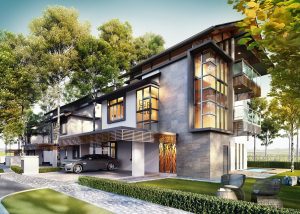
Between 2016 and 2018, prices of homes have increased by 13 percent. That said, demand for housing will continue to be supported by income growth and formation of new households.
When we speak of future-proofing homes, most of us would think of integration of smart technologies into the buildings. While this is part of it, future-proofing requires industry players to design and build homes with the demands and expectations of the next generation of buyers in mind.
This begs the question – what does the future hold for our prospective buyers? Today, affordability is the number one concern with the year-on-year increase in house prices in Malaysia. Between 2016 and 2018, prices of homes have increased by 13 percent. That said, demand for housing will continue to be supported by income growth and formation of new households.
Our government is rising to tackle this issue as well with the budget allocation of RM1 billion to help those earning RM2,300 or less a month to own their first home. More recently is the Home Ownership Campaign designed to match homeowners with the empty units under Malaysia’s current property market overhang. As industry players, it’s imperative that we play our part too. The solution to these buyers’ dilemma lies in our efforts to future-proof the way we build.
One key trend in future-proofing homes involves energy efficiency. While many may argue that this may add to the build cost, the long-term energy efficiency savings outweigh the cost. Most houses are long-term investments for buyers which means energy efficiency translates into cost savings in water and electricity bills in the long run.
Let’s take Diamond Building, the headquarters of the Malaysia Energy Commission that ORANGEBEAM designed and built, as an example. The building is incorporated with green technology solutions that amounted to six percent from the total cost of construction. But it saves the organisation approximately RM1 million every year and has surpassed the investment they have made over the course of years.
The HQ features energy-efficient lighting controls powered by sensor technologies, coupled with automated blinds and Tannenbaum reflector panels that optimise daylight throughout the building, resulting in 48 percent annual electrical saving. We are proud to have our mark on the Diamond Building, that earned the first office building in Malaysia to obtain the Green Building Index platinum rating, and the first outside of Singapore to obtain the Green Mark platinum rating.
And of course, these technologies can be scaled for homes as well. Our very own D’Heron at The Lake in Precinct 16, Putrajaya is the first energy-efficient Building Integrated Photovoltaic (BIPV) residential development in the country. They are equipped with grid-connected BIPV panels to generate electricity that use Photovoltaic, a renewable energy technology. The installation of a solar energy system is also one of the best eco-friendly ways to future proof homes. Houses that rely less on the “grid” for electricity provide greater peace of mind as it allows occupants to be more self-sufficient.
Future-proofing homes to accommodate the needs of aging occupants can be useful in the long run too. Countries are at risk of becoming an “ageing population” when seven percent of the total population is aged 65 and above, according to World Health Organisation (WHO). As of 2017, the number of people aged 65 and above in Malaysia was about two million or 6.3 percent of the total population. As developers, it is important to consider not just how space will be utilised now, but how it might be used a decade or two down the road. A future-proof home is one that has adaptable living spaces that can accommodate lifestyle changes and the demands of multi-generational occupants.
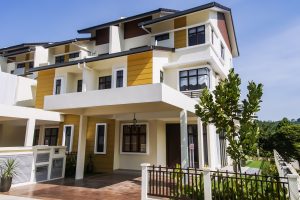
Future-proofing homes to accommodate the needs of aging occupants can be useful in the long run too.
Life is uncertain, and many houses today do not cater to changes and challenges occupants might face. But there are ways we can future-proof a house to be flexible enough to cater for an expanding number of residents and their inevitable changing requirements, and ensure the house is accessible for all, regardless of age or ability. Making homes adaptable is a savvy financial investment for buyers.
As most homes today do not account for change or flexibility, there is an opportunity for us, industry players to help homeowners save money, time, resources and waste. Homes that are future-proof will serve happy households.
For further details, please visit www.orangebeam.com.my
-end-
Services
Stakeholder mapping, analysis, engagement and communication needs to be detailed to avoid business losses or even worse, a crisis. How can you do this effectively to prevent failure? ...
Data-driven business decisions have never been as crucial, especially in this era. MGBF leverages off, technology, experience and market presence to aid businesses in making accurate decisions. ...
MGBF provides comprehensive strategic advice and results-focused solutions to solve clients' problems in business-government relations so they can focus on their core business. ...
A critical business challenge is meeting the right decision-makers and potential buyers through the best channel and platform. How will you improve your business competency? ...
Upcoming Events
In this episode of 'A Working Lunch with Nordin', MGBF's Nordin Abdullah and regional commentator Eddin Khoo will discuss the biggest threats and opportunities for businesses as we look to manage change in the South China Sea.
This MGBF Roundtable will feature thought leaders form Japan, Australia, Singapore and Malaysia dealing with the critical issues of manipulation of public listed companies and government and their financial impacts.
A series of networking sessions with various business associations and trade organisations exploring high-value opportunities for business leaders and entrepreneurs looking to build the relationships that matter.
This integrated event will include a forum, dedicated business matching, site visits, a gala dinner and a round of golf. Aptly themed, the focus will be on regional food security issues and trends in the context of the supply chain, agriculture technology and trade regulations and policies.
MGBF In The News
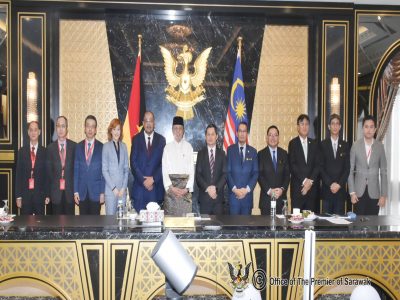
Planet QEOS and China Machinery Engineering Corporation (CMEC) are interested in investing RM10 billion to co-develop advanced Megawatt peak (MWp) agrovoltaic in Baram, to further boost Sarawak’s green energy initiative and food security. Sarawak Premier Datuk Patinggi Tan Sri Abang Johari Tun Openg was briefed on Friday by both the […]

Last week SPM results came out, 373,974 aspirants who have been waiting patiently over the last few months would now know their fate. Some 10,109 have received all A’s, the golden standard of academic success and the ticket to those looking to study the “more advanced” subjects in university. Proudly, […]

The classic knee-jerk reaction is to say, fire the coach, change the leadership of associations, and reduce the funding till they start performing better. This kind of negative reinforcement may work for kindergarten children, but we are dealing with high-performance adults – individuals much further along in their psychological and […]
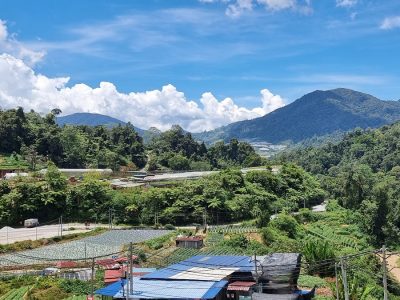
Since its earliest tea plantations in 1929, Cameron Highlands has grown to become a key player in the agricultural landscape of Malaysia, producing 40 per cent of all vegetables grown. Despite Malaysia shifting its economic focus away from agriculture, the industry remains imperative for food security and the livelihoods of […]
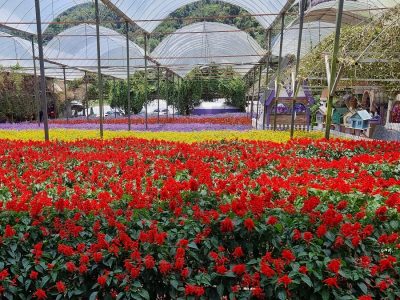
Although at first glance the travel industry and the agricultural sector appear to have nothing in common, they actually share more than meets the eye. The economic benefits of tourism to the agricultural sector can be multiplied several times over. “Tourism brings the end consumers closer to the source, which […]
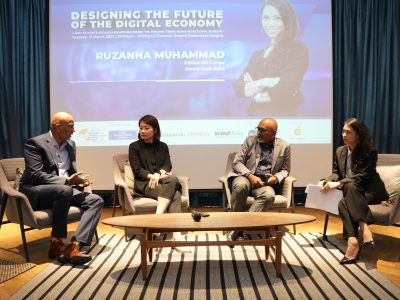
The Malaysia Global Business Forum (MGBF) recently held a high-level roundtable themed ‘Designing the Future of the Digital Economy’, attended by industry leaders and business associations. The guest of honour was Yang Berhormat Syerleena Abdul Rashid, the Member of Parliament (MP) for Bukit Bendera in Penang. The MP’s Special Session […]

The Malaysia Global Business Forum (MGBF) will be hosting a roundtable on ‘Designing the Future of the Digital Economy’ on 23 February 2023. It is the culmination of the first three MGBF Exclusive Roundtable Series titled ‘The Evolving Threat Matrix in the Digital Economy’ held throughout 2022. According to the […]
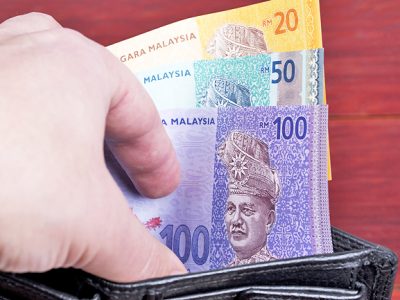
The Founding Chairman of the Malaysia Global Business Forum (MGBF), Nordin Abdullah, today spoke on Bernama TV’s leading English talk show, The Brief, hosted by Jessy Chahal, on the topic of a stable political reality and what that means for the Malaysian economy. Nordin said, “The first thing that it […]

More than 1,100 years ago, Muhammad ibn Musa al-Khwarizmi was developing the mathematical formulas that we know today as algorithms which now have become so intertwined with the business fortunes of global media giants and the very fabric of geopolitics. A series of recent high level international reports have revealed […]
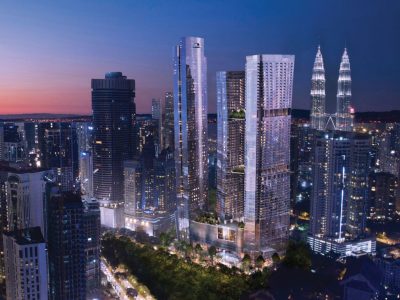
KSK Land has been recognised by the Malaysia Global Business Forum (MGBF) for its role in attracting high net-worth individuals to Malaysia post-pandemic. The first challenge in investor attraction is “selling” the country. In the context of Asia, Malaysia is competing with some very established investment destinations. The second […]
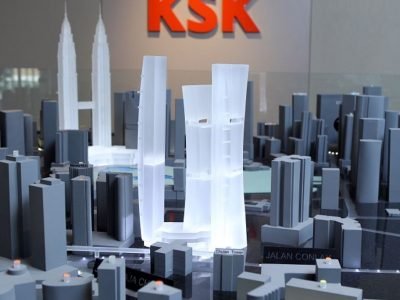
Malaysia, in particular Kuala Lumpur, continues to position itself as a regional centre to do business, educate a family and enjoy a global lifestyle. One company, KSK Land, has taken the lead in positioning itself and the city of Kuala Lumpur as a property investment destination for the global citizen […]
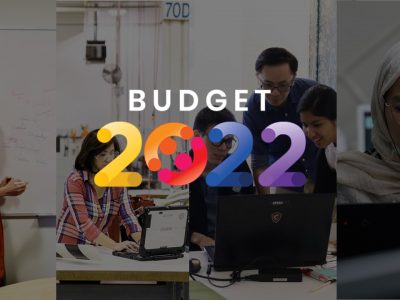
The upcoming budget represents an opportunity to build resilience in the critical sectors that will form the backbone of the country’s future-facing economic ambitions. This however needs to be achieved in the context of managing the community sectors most impacted by COVID-19 over the past two years. The Keluarga Malaysia (Malaysian Family) […]

Malaysia Global Business Forum (MGBF) has moved to support the creative economy as the overall economy moves into a recovery phase following the COVID19 pandemic. As a step in the direction of normalcy, the MGBF has agreed to host the art exhibition “I Know You’re Somewhere So Far” by one […]
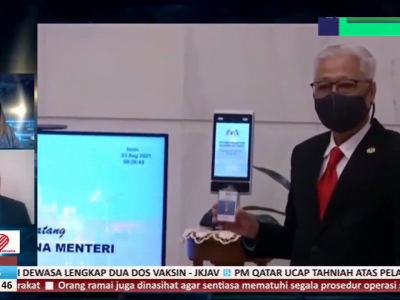
Congratulations to Datuk Seri Ismail Sabri Yaakob for taking up the mantle of the ninth prime minister of Malaysia. There is nothing normal about the situation; it could not have been scripted but it has kept the spectrum of media, mainstream and social, gripped. The first order of business for […]

In a stirring speech to the nation, President Joseph R. Biden, Jr. stamped his brand of leadership on the presidency, in his first act as the 46th president of the United State of America, it signaled several shifts. Perhaps the weather was foreboding with snow falling before the ceremony that […]
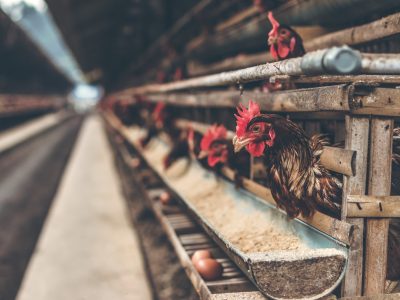
KUALA LUMPUR, 6 July 2022 – As the global economy continues to deal with unprecedented levels of disruption caused by the pandemic and the conflict between Russia and Ukraine, the convergence of energy security and food security issues has become a front-of-mind issue faced by policy makers and consumers alike. […]

KUALA LUMPUR, 23 June 2022 — Malaysia Global Business Forum (MGBF) ties up with scoutAsia to ensure that businesses are equipped with deeper regional insights. The past two years has seen a massive shift in the way businesses are conducted with digitisation, digitalisation and automation continuously being adopted to improve […]
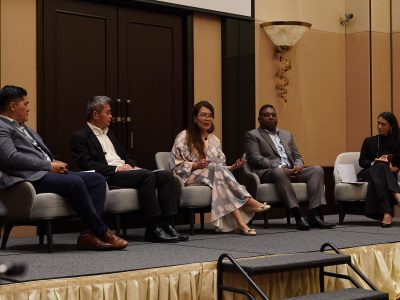
KUALA LUMPUR, 25 May 2022 – The Malaysia Global Business Forum (MGBF)’s exclusive roundtable on ‘Security Concerns in Critical Value Chains’ was held in a hybrid setting yesterday at the Eastin Hotel Kuala Lumpur. The guest of honour was Yang Berbahagia Tan Sri Dato’ Seri Rafidah Aziz, former minister of […]
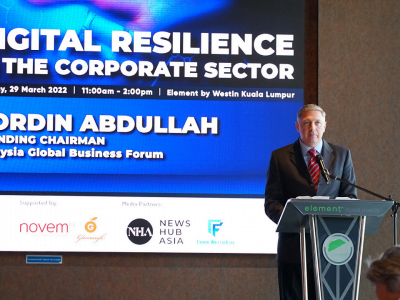
We live in the age of crisis. At the heart of any crisis is the threat of rapid change. Change too deep or too wide that the current coping mechanisms for an individual, corporation or government are unable to remain resilient. An unwelcome paradigm shift, like the proverbial spider, that […]



































